Today’s #kanji is #点, which is listed under the radical of #れっか(灬) and it is an informal variant of 點. 黑 is the semantic element and 占 is its phonetic element.
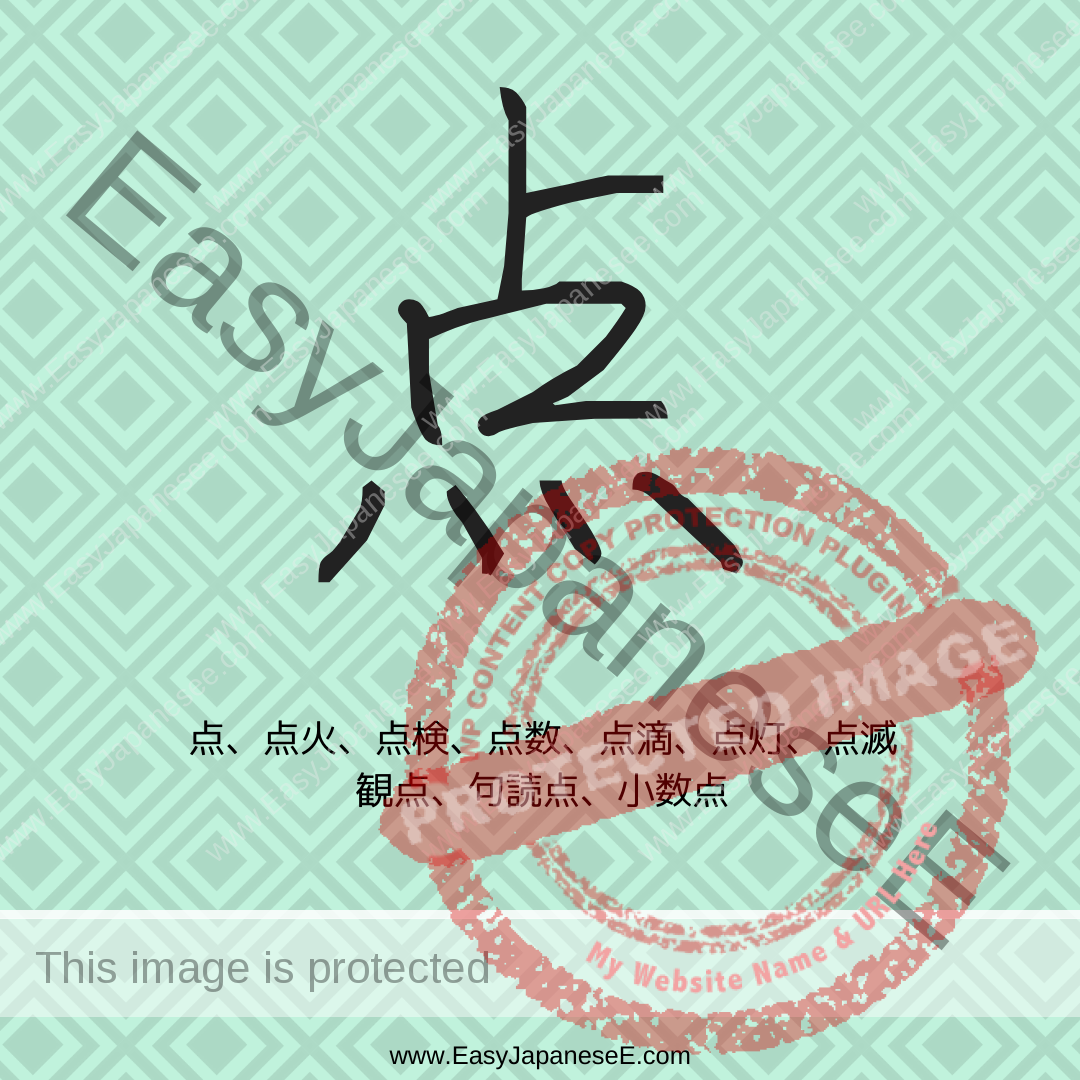

Today’s #kanji is #点, which is listed under the radical of #れっか(灬) and it is an informal variant of 點. 黑 is the semantic element and 占 is its phonetic element.
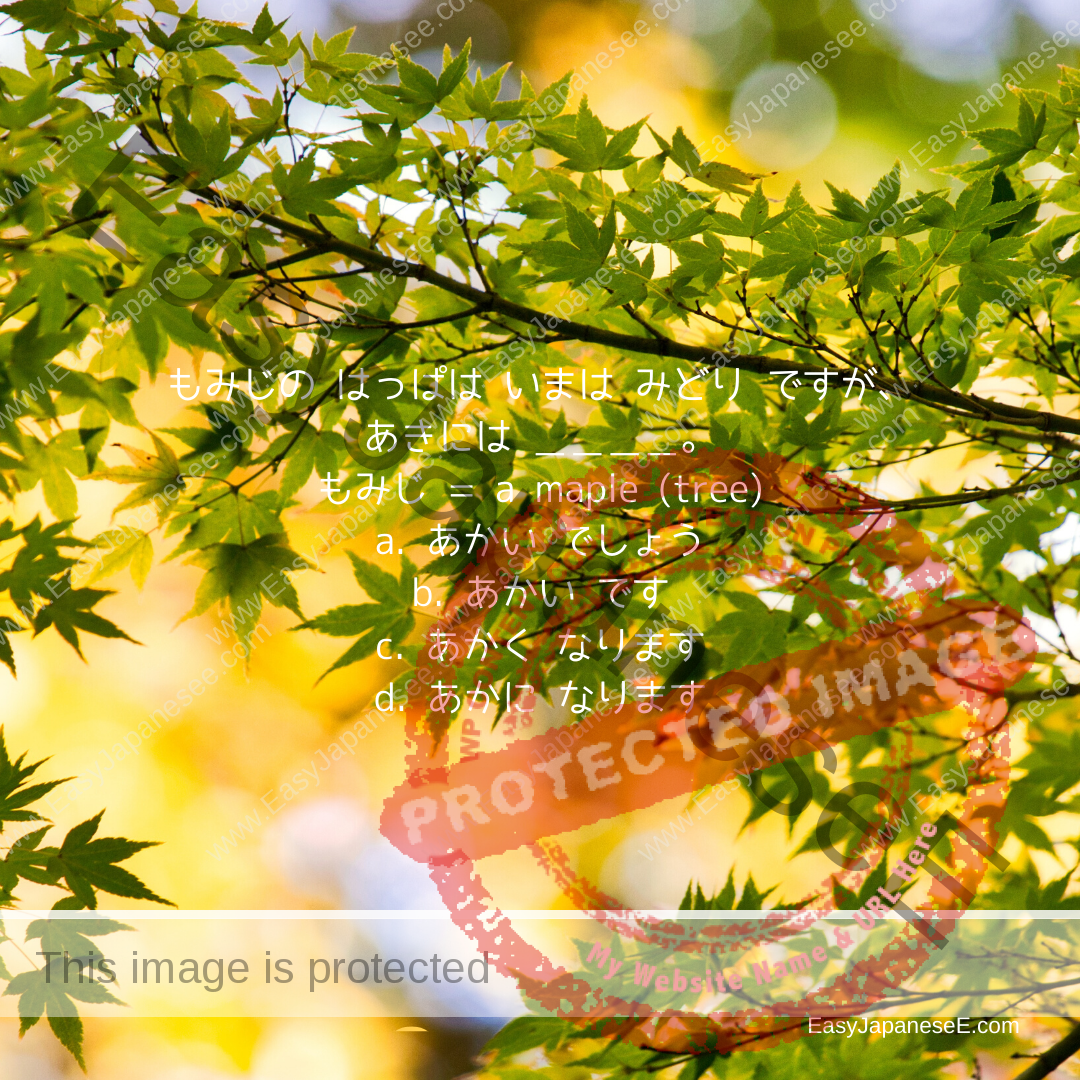
なります is the most common word that describes a change from one state to another. Depending on what it turns into, the letter directly before that changes.
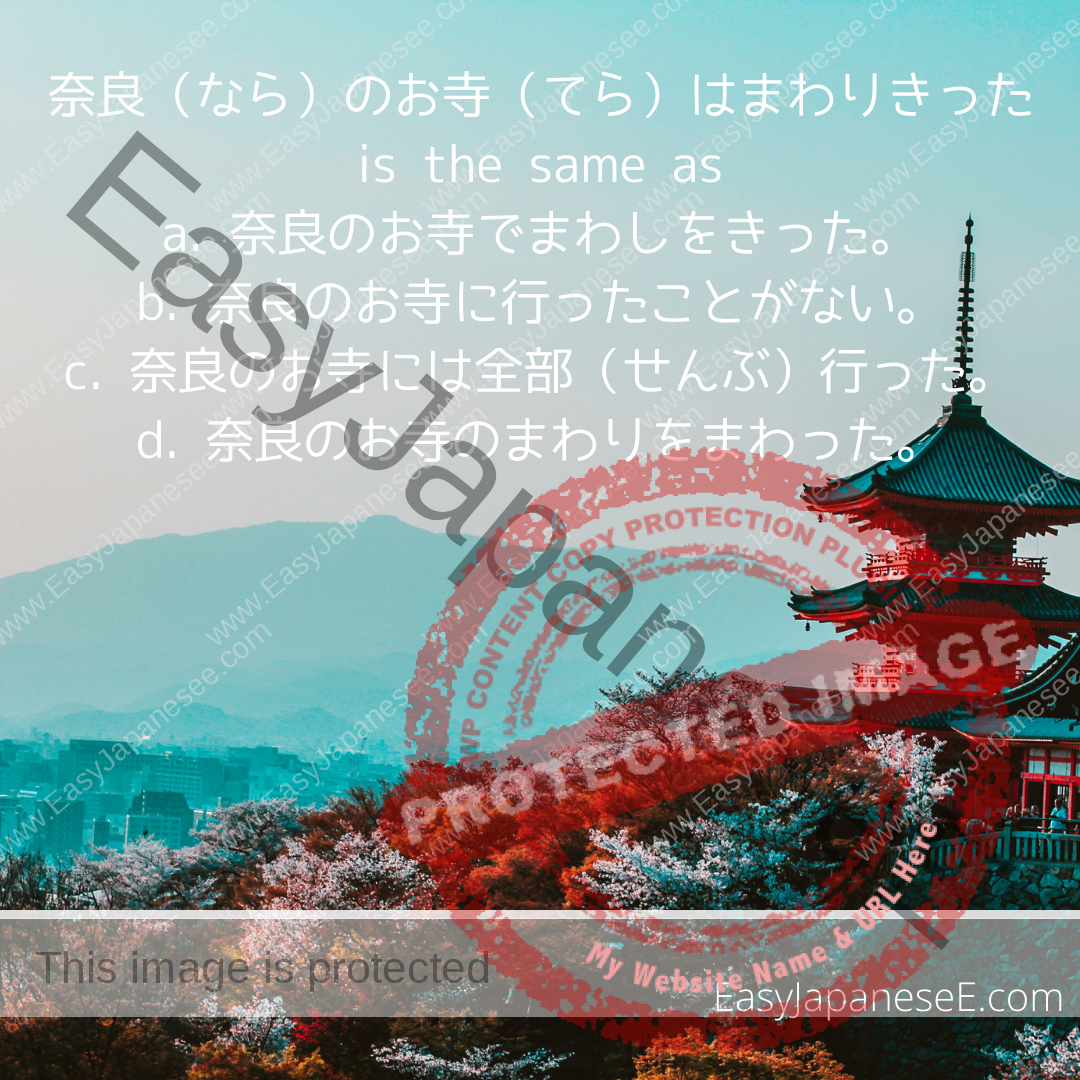
~きる is an auxiliary verb used after a verb stem and means “to finish ~ing completely/sufficiently” or “to reach a limit of ~ing”
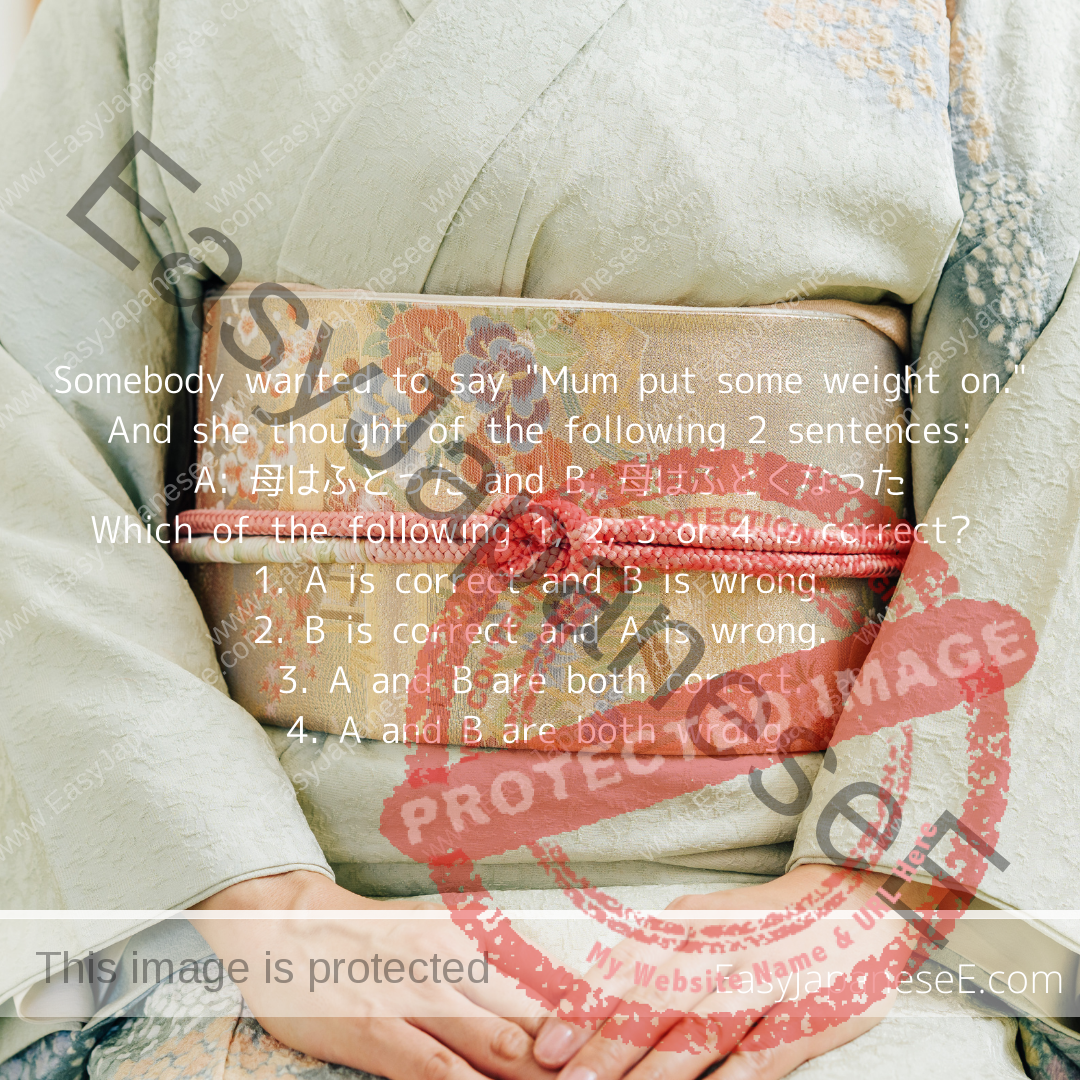
Today’s topic is difference betweenふとい and ふとる. If you understand this difference, you will never be confused between ふとい and ふとっている or ふとる and ふとくなる again.
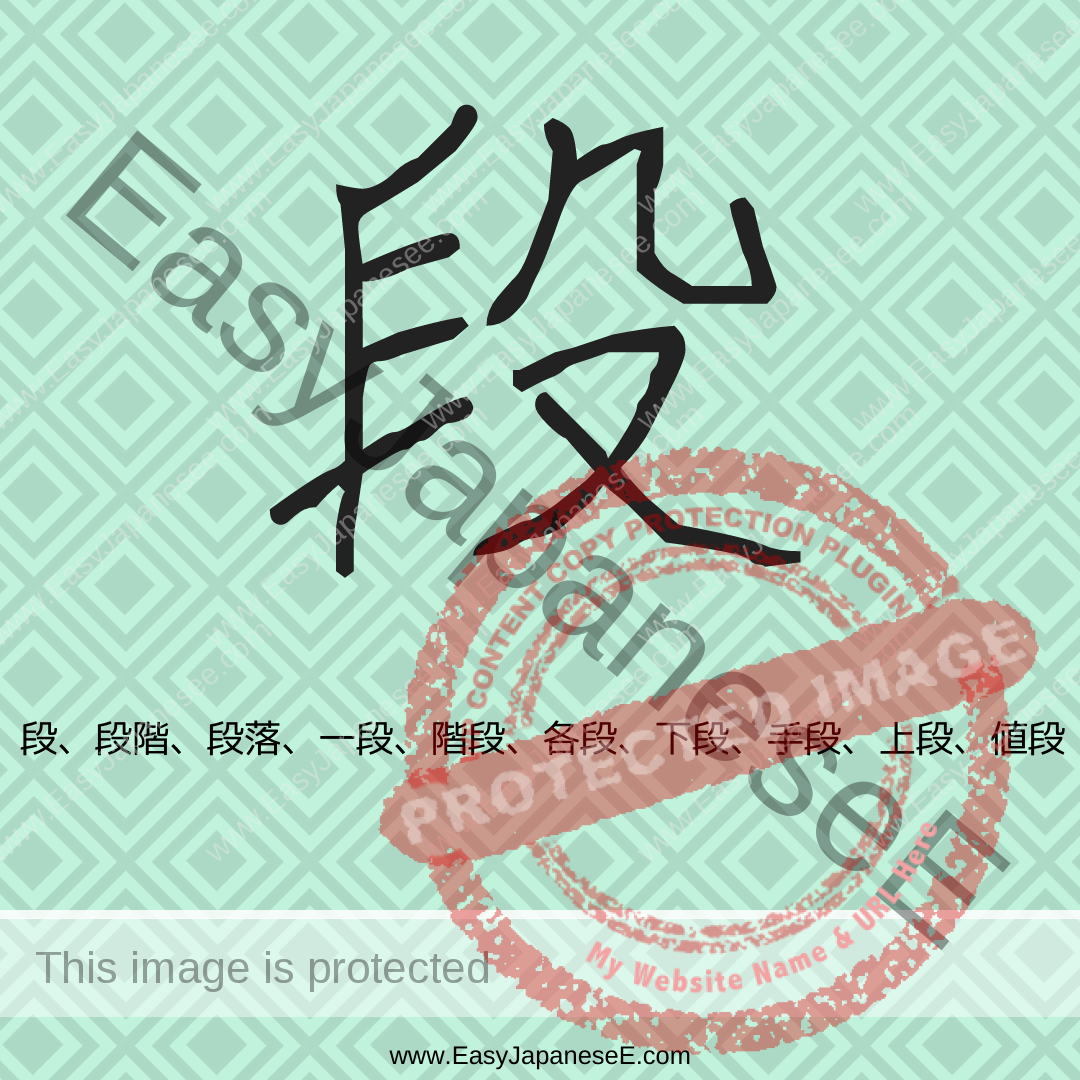
Today’s #kanji is 段, which is listed its semantic element of #ほこづくり(殳) and its phonetic element is the left side, which is a simplified version of 耑

~からなる is an expression to mention something’s components. As being made of ~ is a condition that lasts for a while, it is often used in the form of ~からなっている.
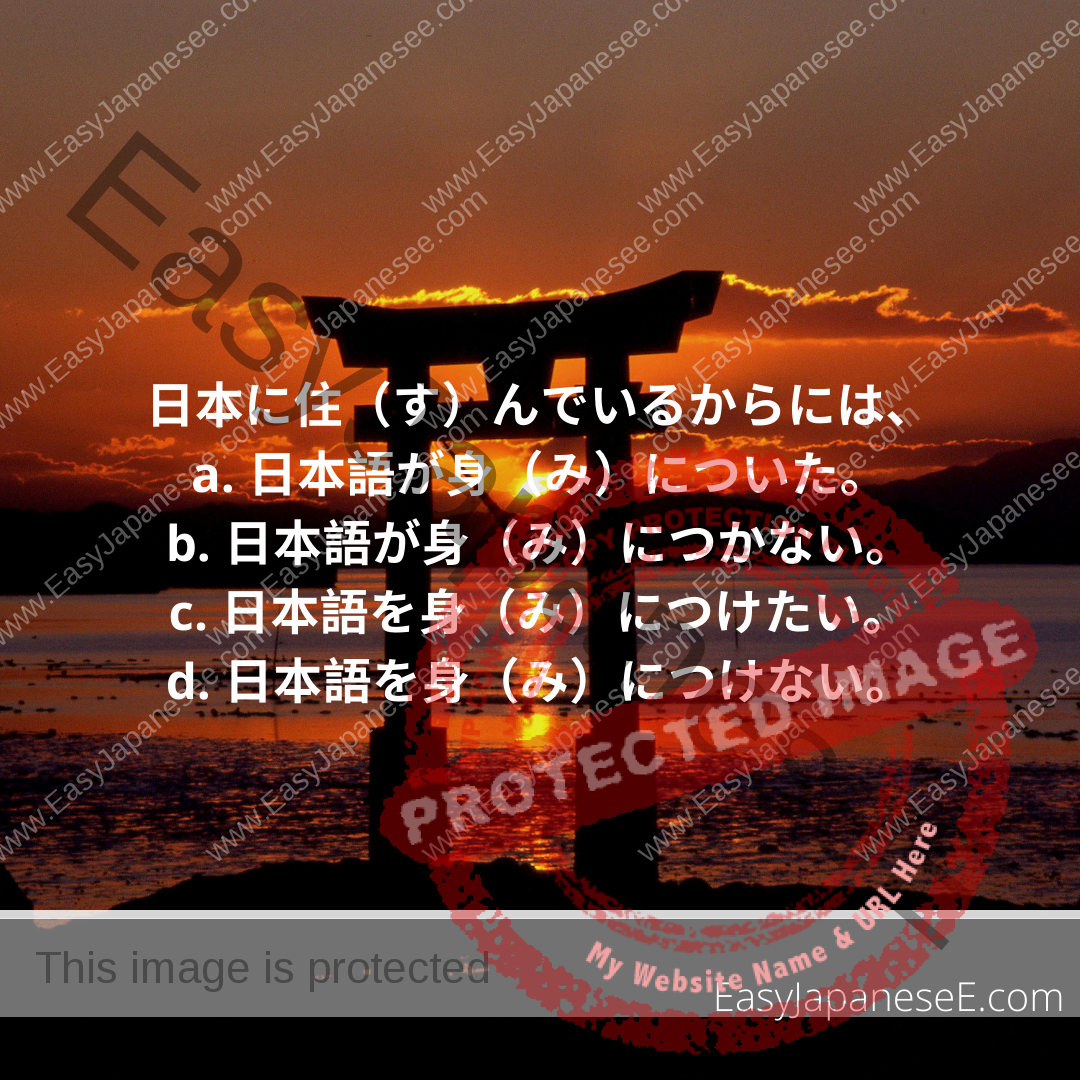
~からには… is used when the condition stated before からには will inevitably lead to the statement after it and often used to express the speaker’s resolution.
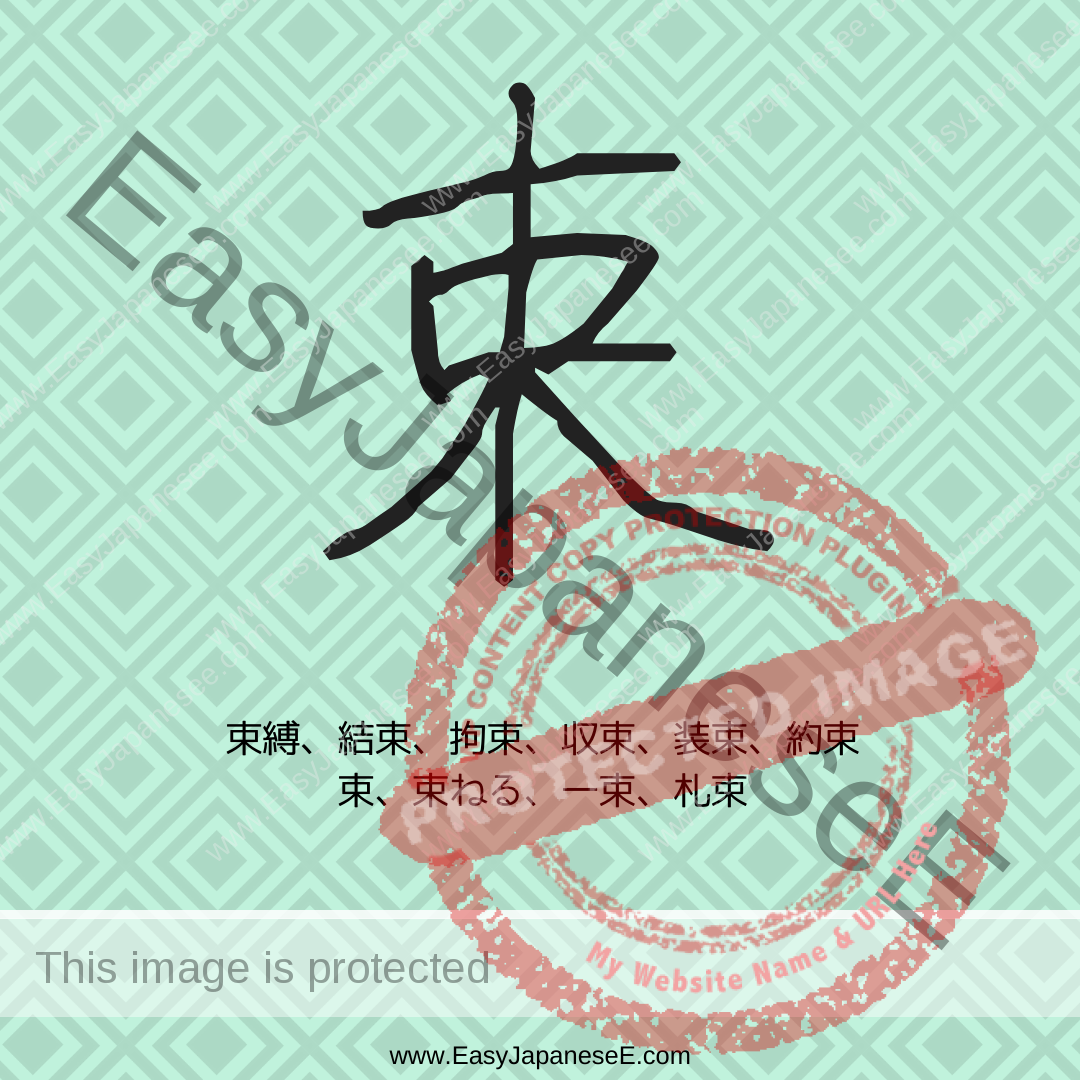
Today’s #kanji is 束, which is a compound ideograph made of 木 and 口. In this, 口 is for bundling rather than a mouth apparently.
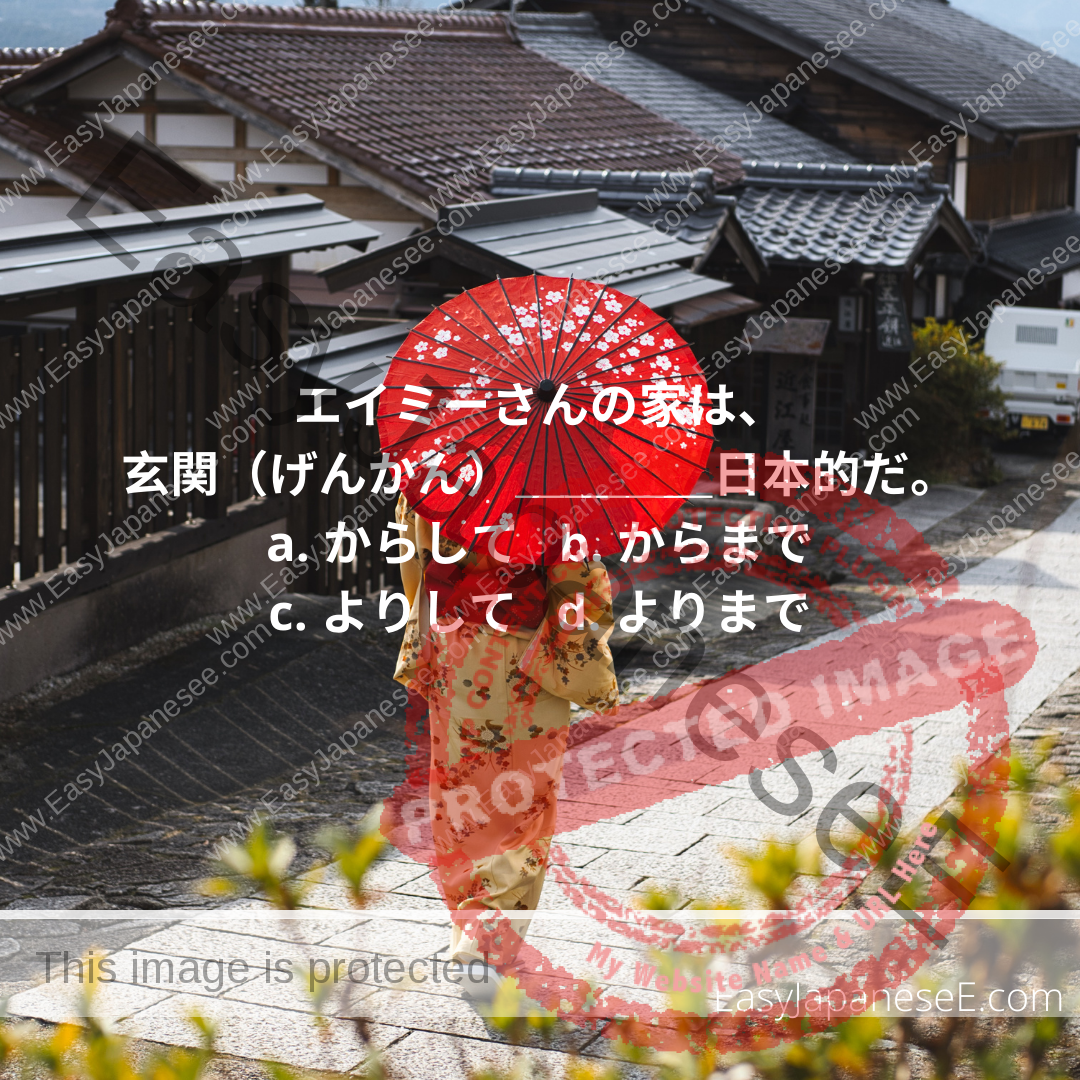
~からして is used to give an example to lead to your opinion or to state a strong base for your conviction. This post explains how it’s used.
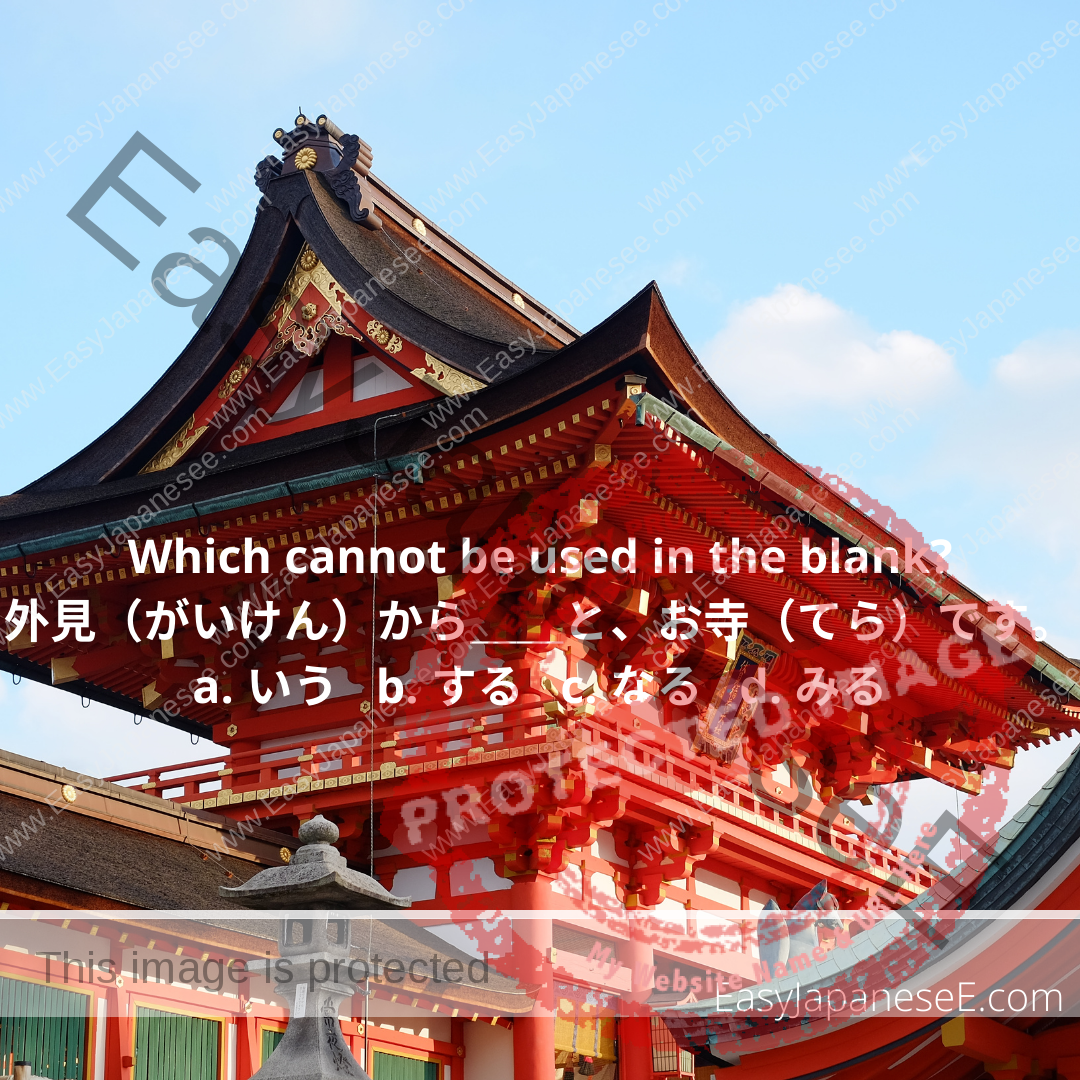
~からすると…、~からいうと…、~からみると… are used to state the viewpoint when an opinion or judgement is expressed. This post explains how they are used and their differences.
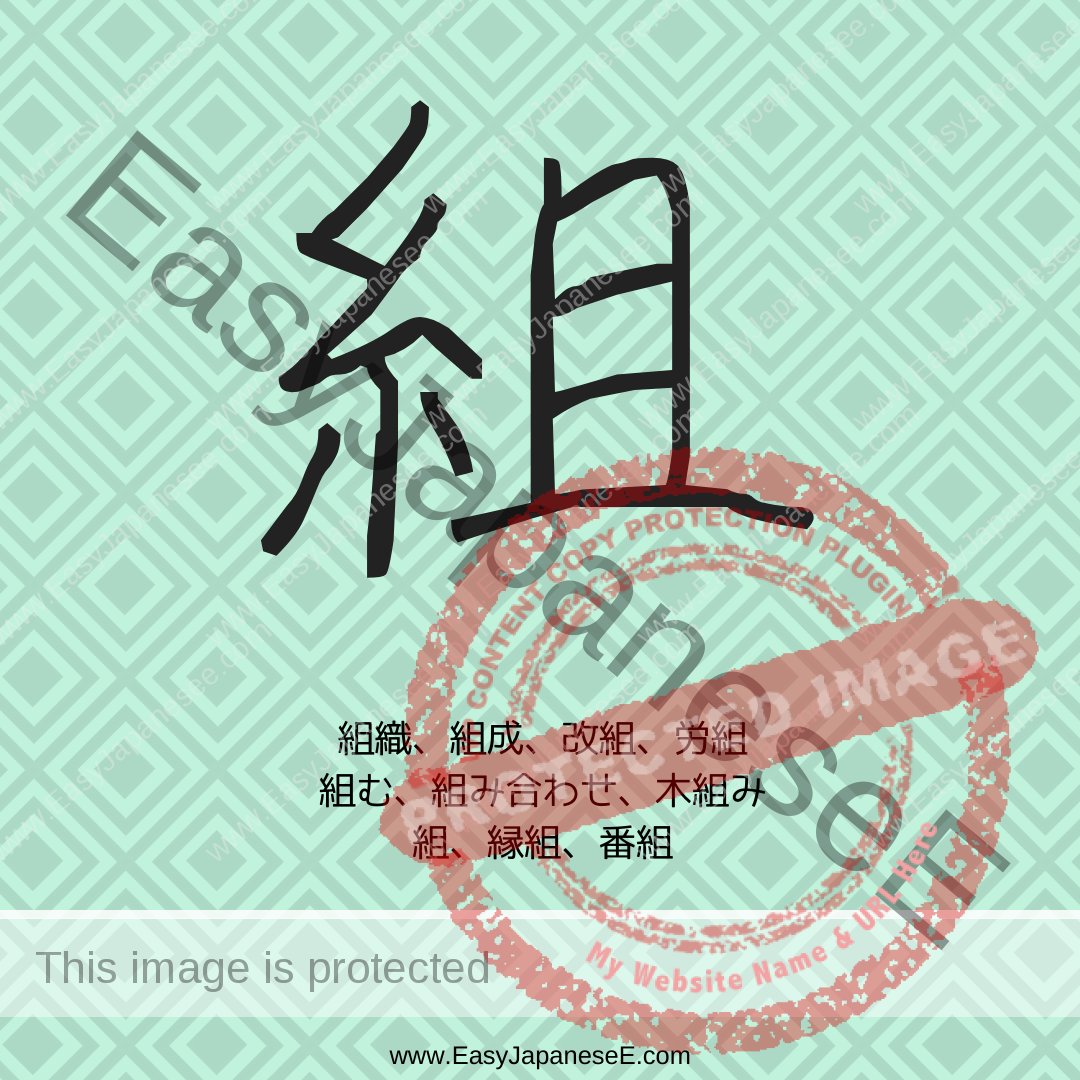
Today’s #kanji is 組, which is made of its semantic element of #いとへん(糸) and phonetic element of 且 which has the meaning of “piling up.”
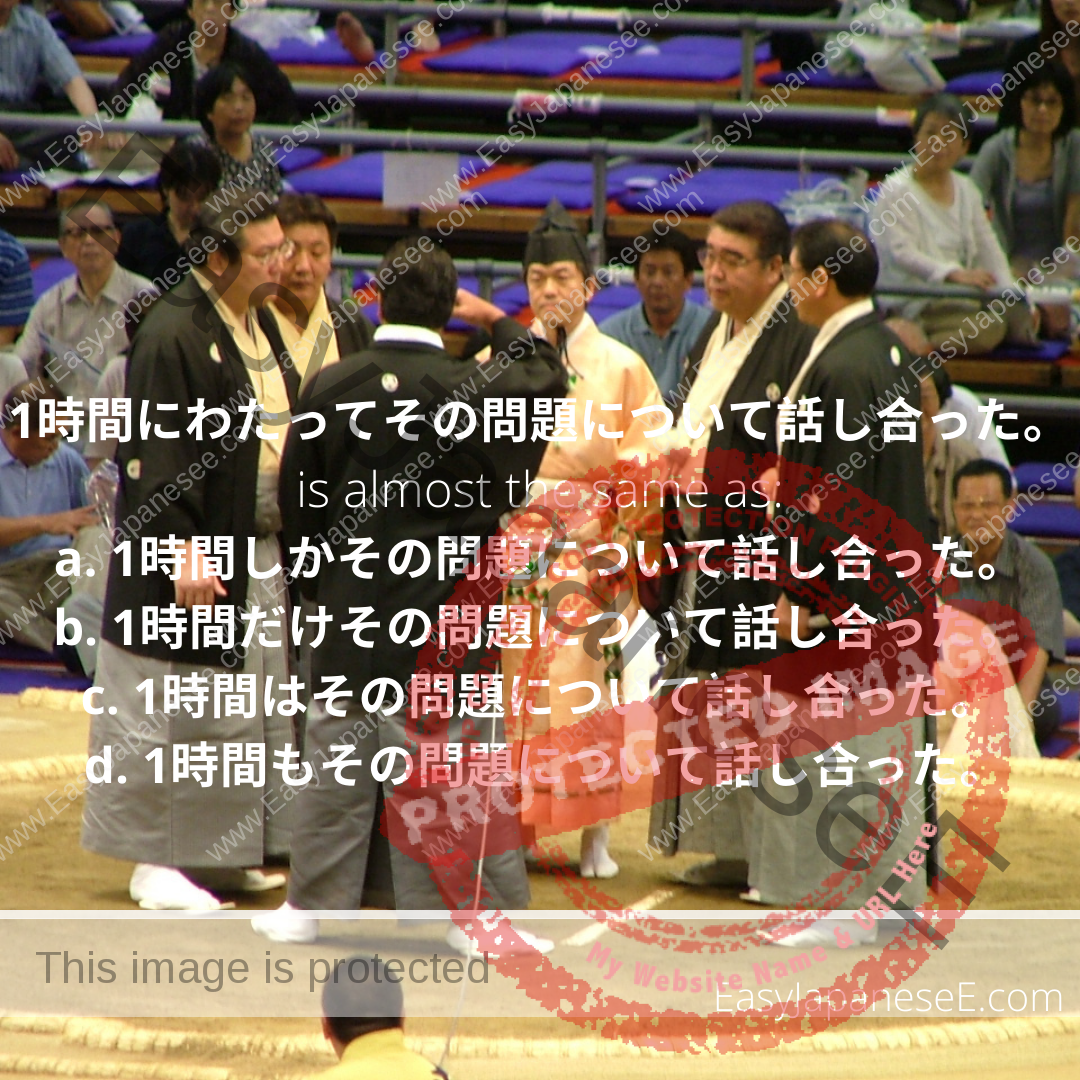
~にわたって is an expression to state a range and it emphasizes the length or vastness of the range. Something like “throughout ~” or “for the entire ~”
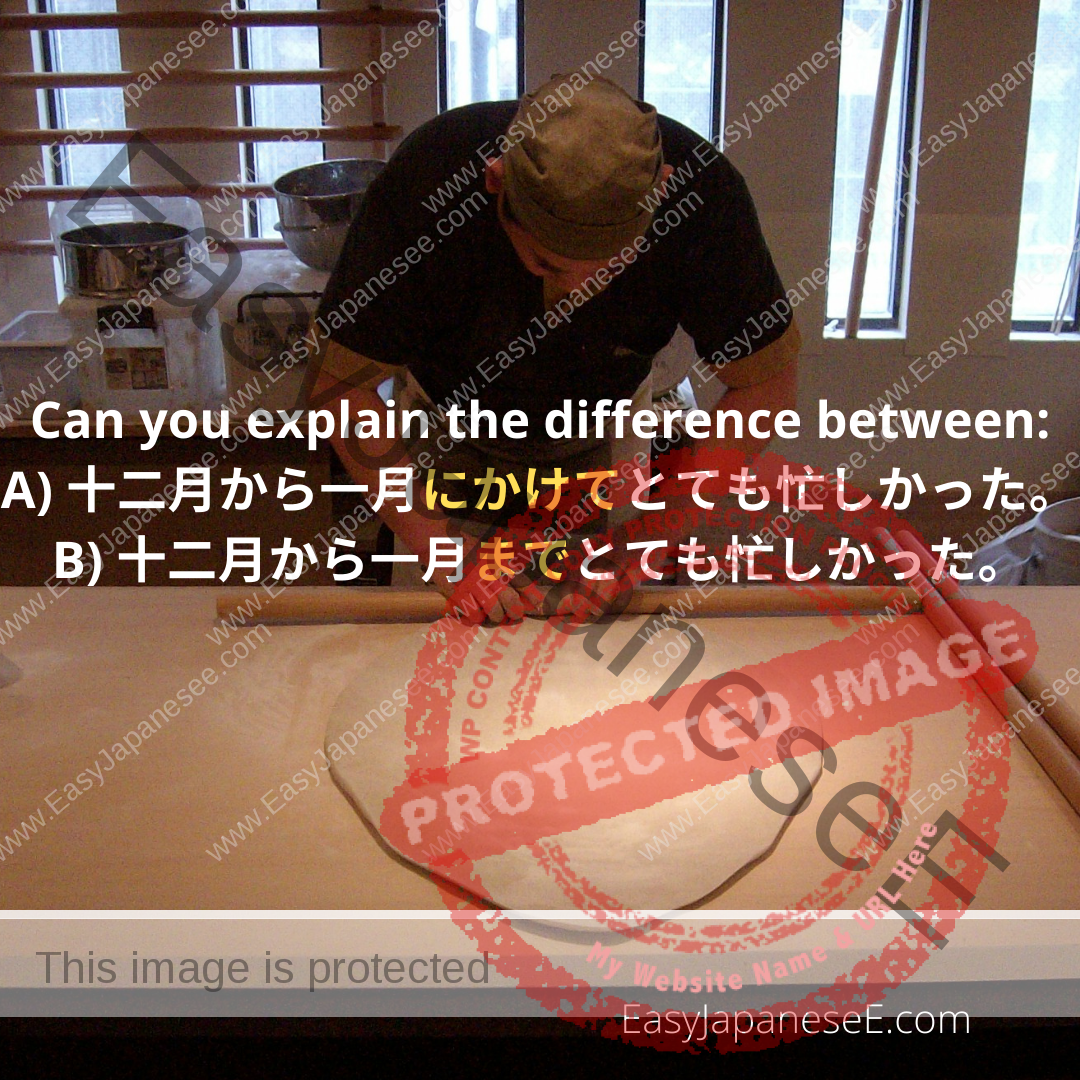
〜にかけて is used when you are stating a vague ending point of something continuous. It is similar to ~まで. This post explains the differences between ~にかけて and 〜まで.
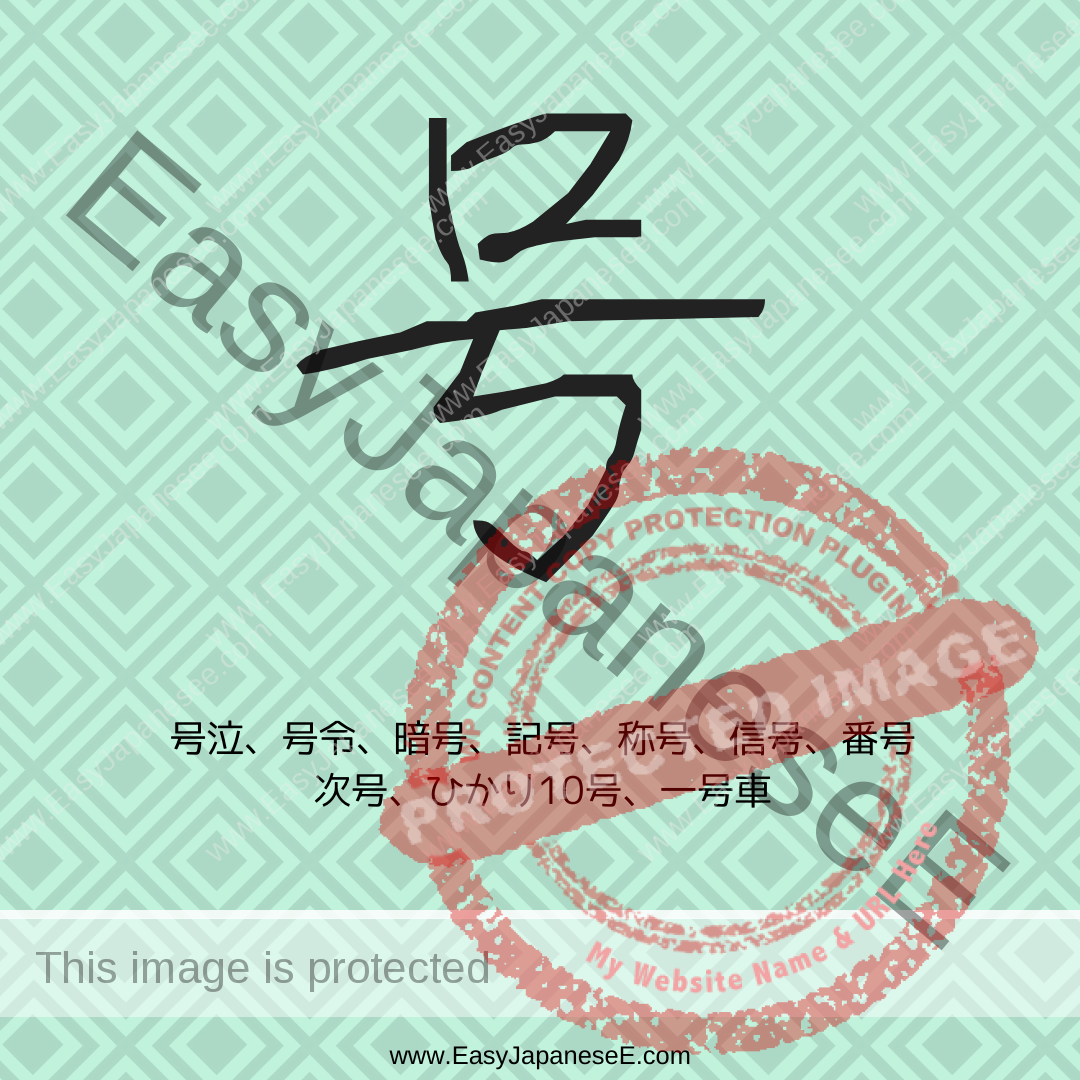
Today’s #kanji is #号. It is listed under the radical of #くち(口) and 号 apparently describes the way the energy trapped inside (丂) comes out through the mouth (口).
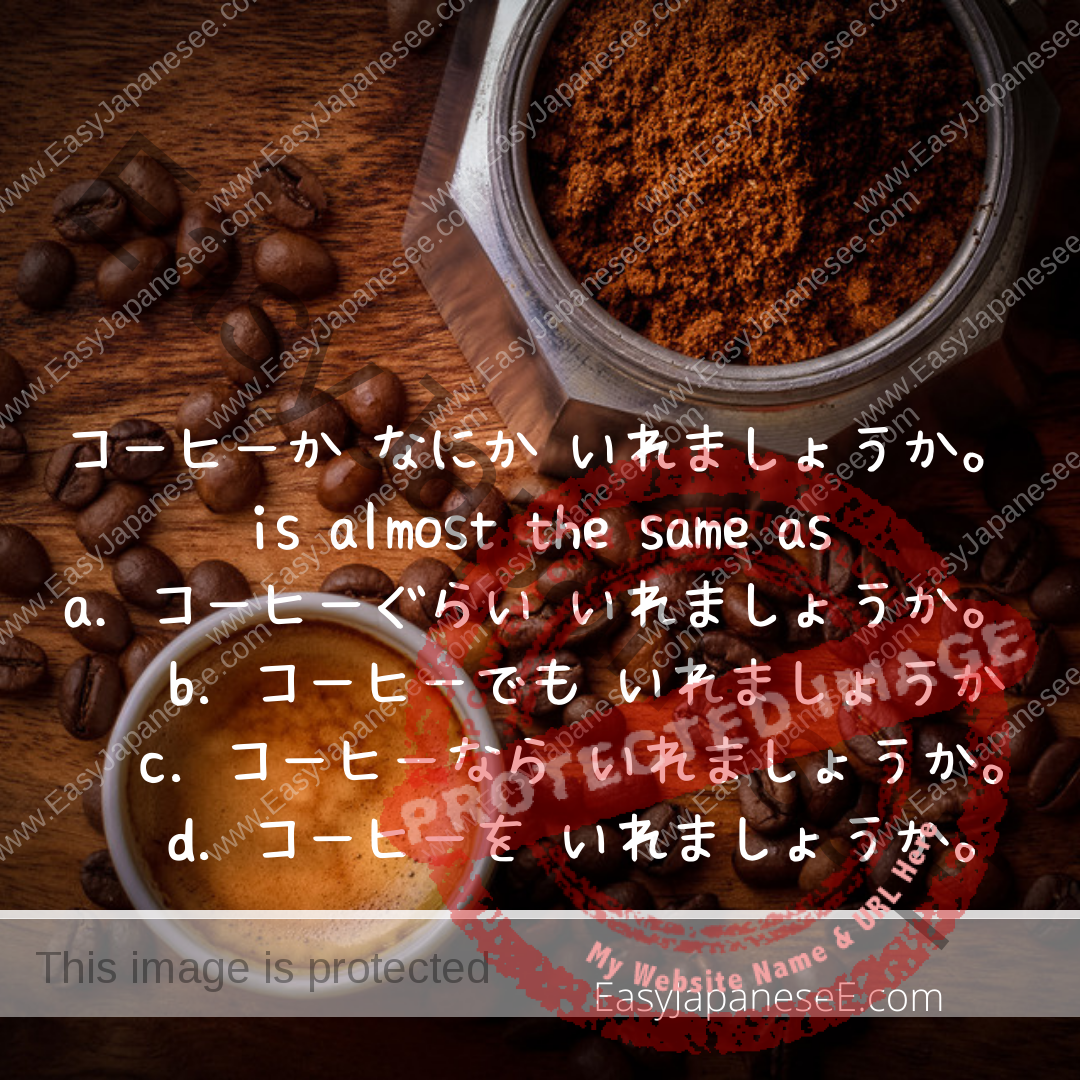
~か何か is added to the sentence when we are making a loose suggestion or when we are not sure about the fact. Something like “~ or something” or “some sort of ~”
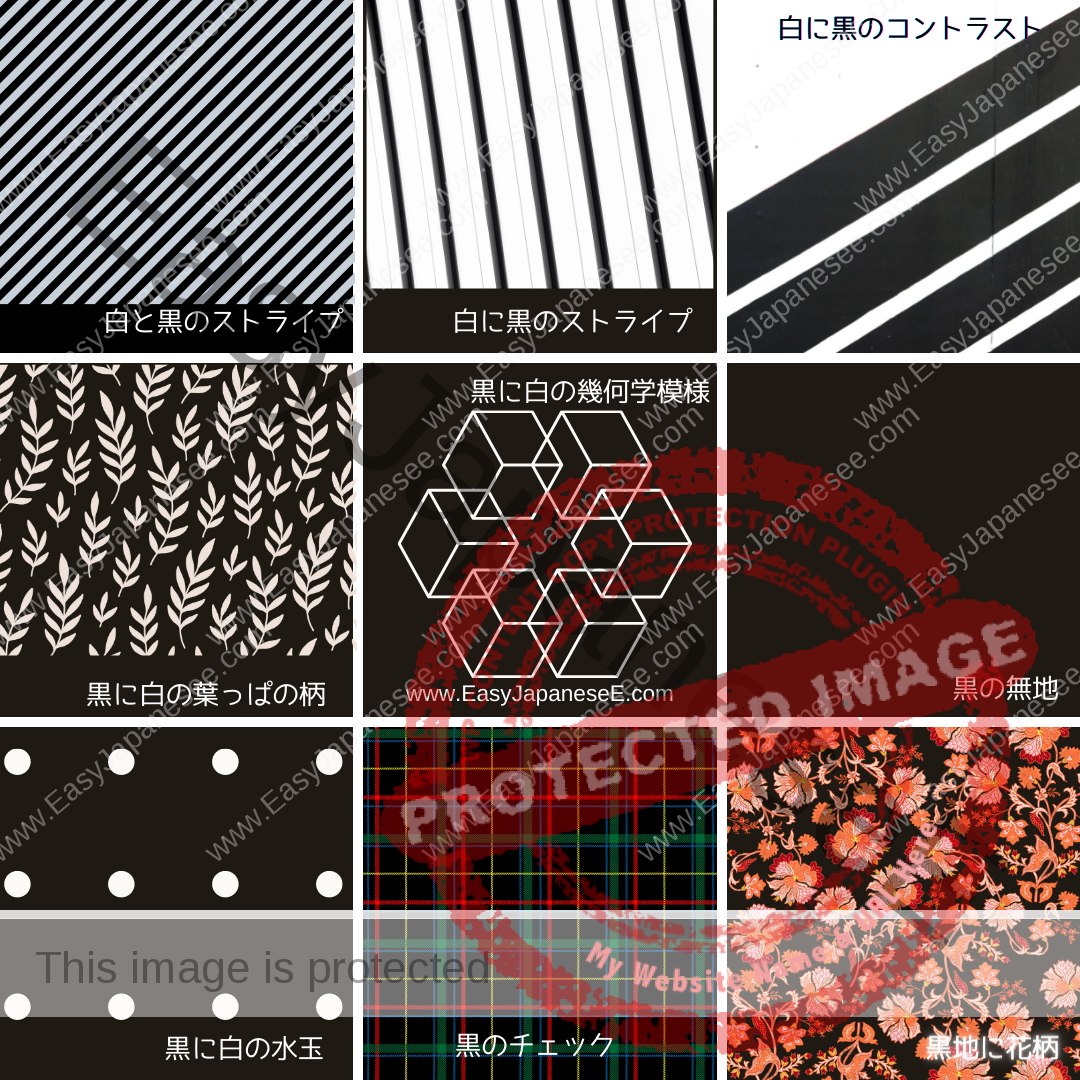
This post explains how you can describe your clothing. You can learn names of clothing items, colours, patterns and how to put these words together.
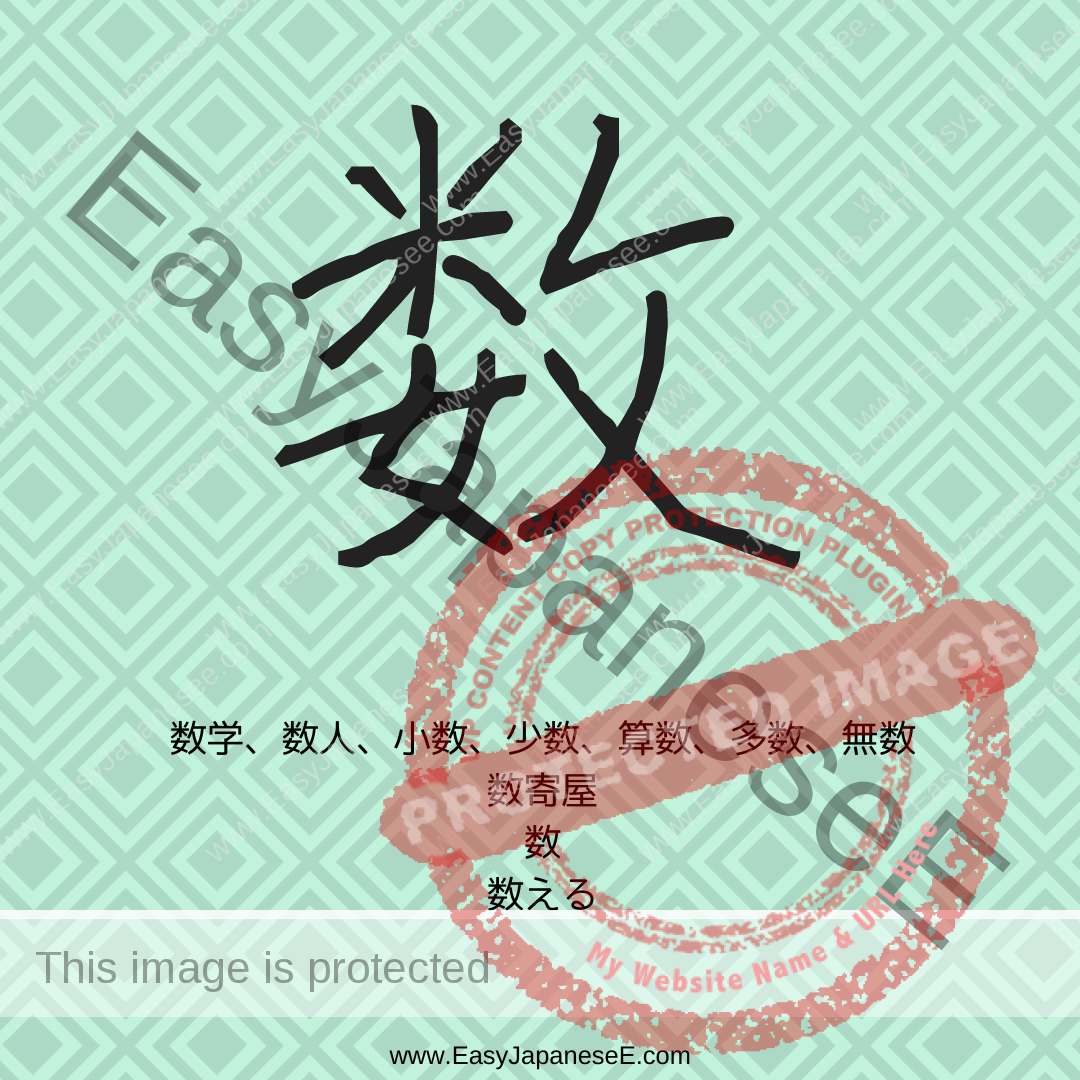
Today’s #kanji is 数, which is listed under the radical of #ぼくづくり(攴/攵), which has the meaning of holding a stick. Check the 4 readings of this character here.

Similar to ~がち, ~ぎみ is used to describe some rather negative tendency. ~ぎみ is more focused on the current condition than how often things happen.

~がち is often used to describe a rather negative tendency or habit. So it gets translated “tend to…”, “… rather often”, etc.

~かな/~かなあ is used when you are wondering if something will happen/has happened or not or when you are wishing for something.
